Imagine that you are able to travel to your favourite place in the world or view the Earth from space or experience a roller coaster while all just sitting in your seat at home. These are some of the things we are able to do with virtual reality technology.
Virtual reality is a completely computer generated simulation, where your entire view is virtual. This means that we can manipulate this virtual world to whatever we would like it to be, and produce some really amazing things.
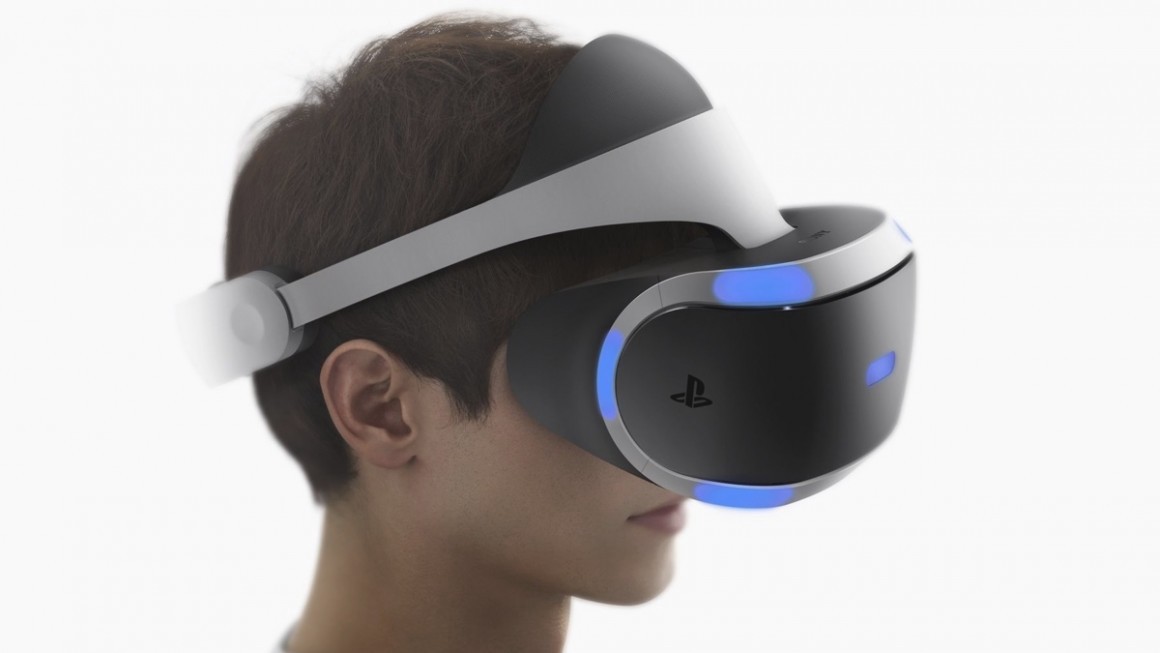
How VR is Being Used Right Now
There are so many amazing applications of this technology, including healthcare, construction, and business. Virtual reality is already impacting so many different industries, and in the next couple of years, so many more will be impacted by it.
Healthcare
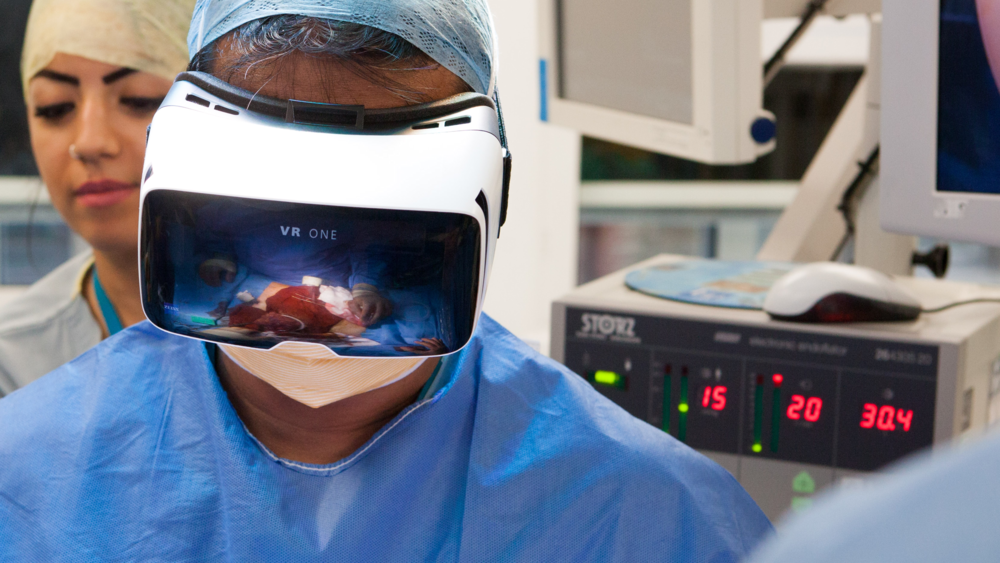
An amazing study was done by Duke University that used VR and brain computer interfaces to help treat paraplegic patients. The 12-month study with 8 patients showed that VR can help aid in restoring ability with patients who suffer from a chronic spinal cord injury. They used a brain machine interface and a VR headset to simulate neurological functions that allowed them to move their lower limbs. 100% of the patients experienced some level of recovery in terms of increased muscle control and sensation in their legs.
Another amazing use of VR in healthcare is to train medical students. Using VR allows them to practice surgeries and other procedures, and allows them to make mistakes without actually harming a real patient. This helps students actually get ?hands on? experience before going out into the real world.
Construction
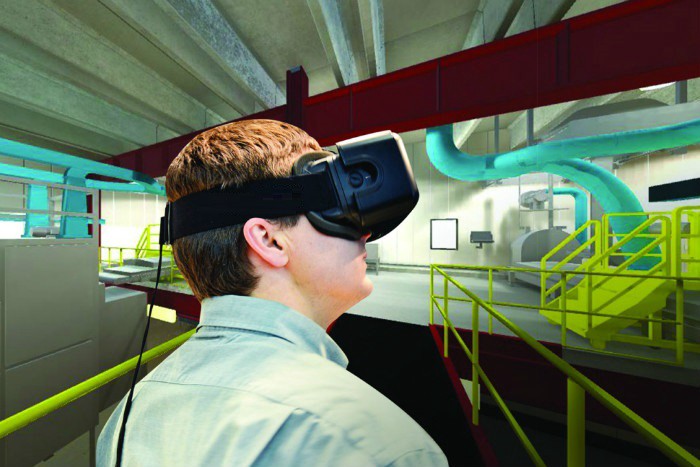
Since virtual reality is in three dimensions, architects can use it to design buildings instead of hand-drawn diagrams and computer-generated images. VR is much more cost effective and efficient than traditional methods of planning for construction. Designers can also test out environments in VR before actually physically building them.
Iris VR is the leading immersive design company for architecture, construction, and engineering. Iris VR allows you to see your 3D files and collaborate with your colleagues in VR. It allows you to see your designs to scale, and visualize what they will look like before you actually start building them in real life.
Business
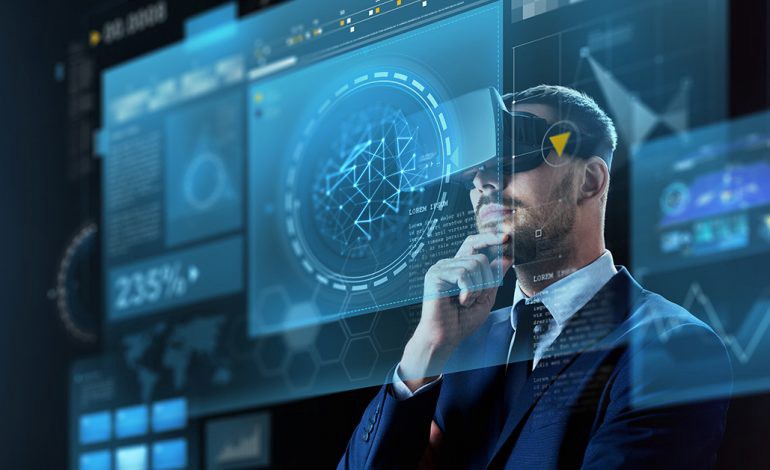
Companies are new starting to use VR to conduct interviews, give tours, hold meetings, and reduce costs overall. VR is also used to test safety and proper functionality of products without putting anyone at risk. Virtual reality is also used to train employees and is used for role playing scenarios. Some companies are using VR for data visualization; this allows employees to interact with the data, as well as collaborate with each other.
The Commonwealth Bank of Australia is using VR during their recruiting process to test candidate?s decision making skills. The experience includes you ?leading? a team while having to make hard decisions. The experience also allows candidates to see the culture in the company and the type of projects they typically do.
How VR Actually Works
Headsets ? The Basics
The whole point of VR is to immerse yourself in a new world. However, other than the VR headset, there are also many other parts necessary for VR to actually work. VR headsets like Playstation VR and Oculus Rift are called head mounted displays, which means that the screen is mounted to your face. Wherever you move your head, the screen follows you.
For certain VR headsets like the HTC Vive and the Oculus Rift, a console or computer is needed for the headsets to work. Video is sent from the console or the computer to the VR headset. For other headsets like the Google Daydream and the Samsung Gear VR, a smartphone has to be slotted into the headset, and the video plays from the phone.
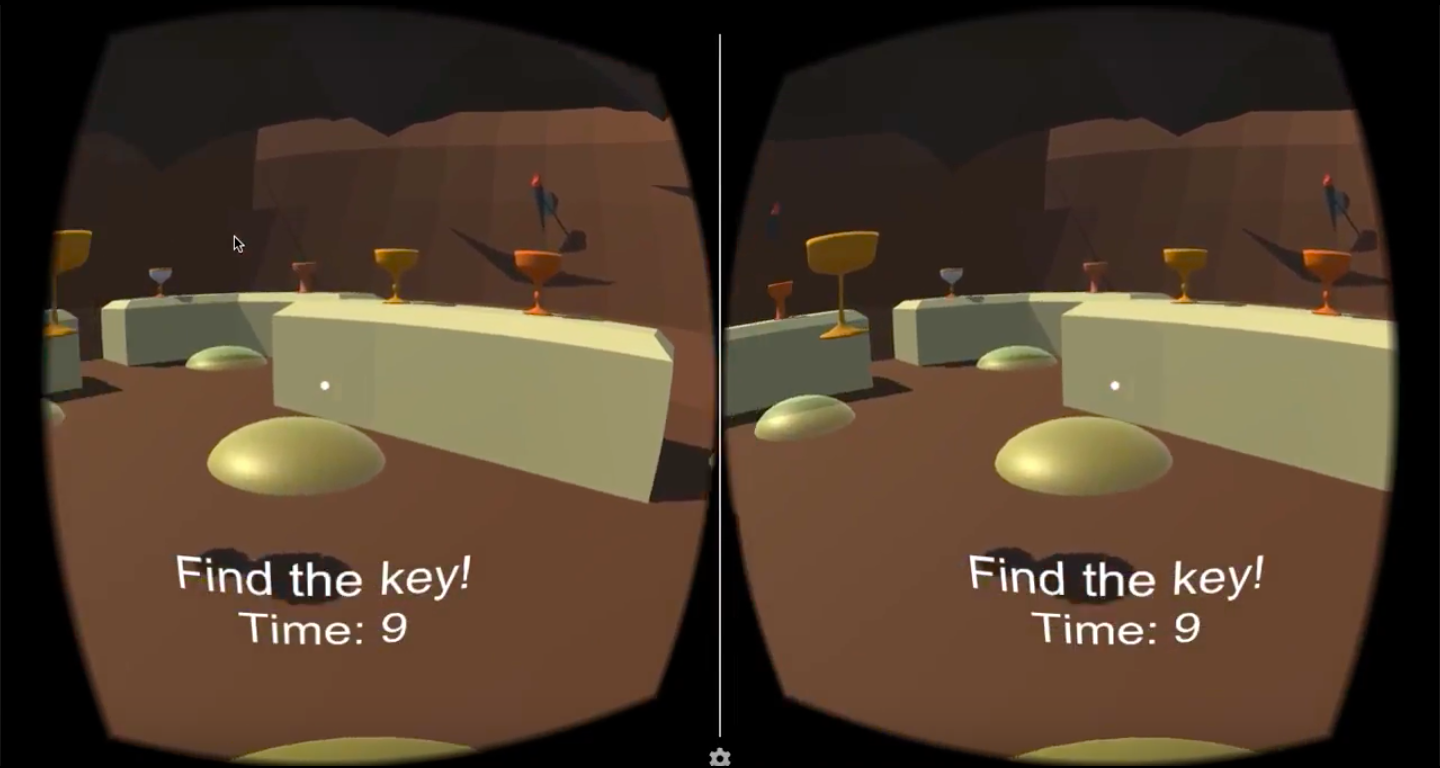
VR headsets either use two LCD displays (one per eye) or two feeds sent to one display. Headsets also have lenses placed between your eyes and the screen, which are used to focus and reshape the picture for each eye. They create a stereoscopic 3D image by angling the two 2D images. This is because the lenses mimic how each of our two eyes see the world very slightly differently.
VR headsets also need to have a minimum frame rate of at least 60 frames per second in order for the user to not feel sick. Current VR headsets are able to go way beyond this, with Oculus and the HTC Vive at 90 frames per second and PlayStation VR at 120 frames per second.
Head Tracking
For VR to work properly, when you move your head up and down or side to side or tilt your hear, the picture has to move properly with your head. Headsets use a system called six degrees of freedom (6DoF), which looks at your head?s position in terms of the X, Y, and Z axis to measure head movements.
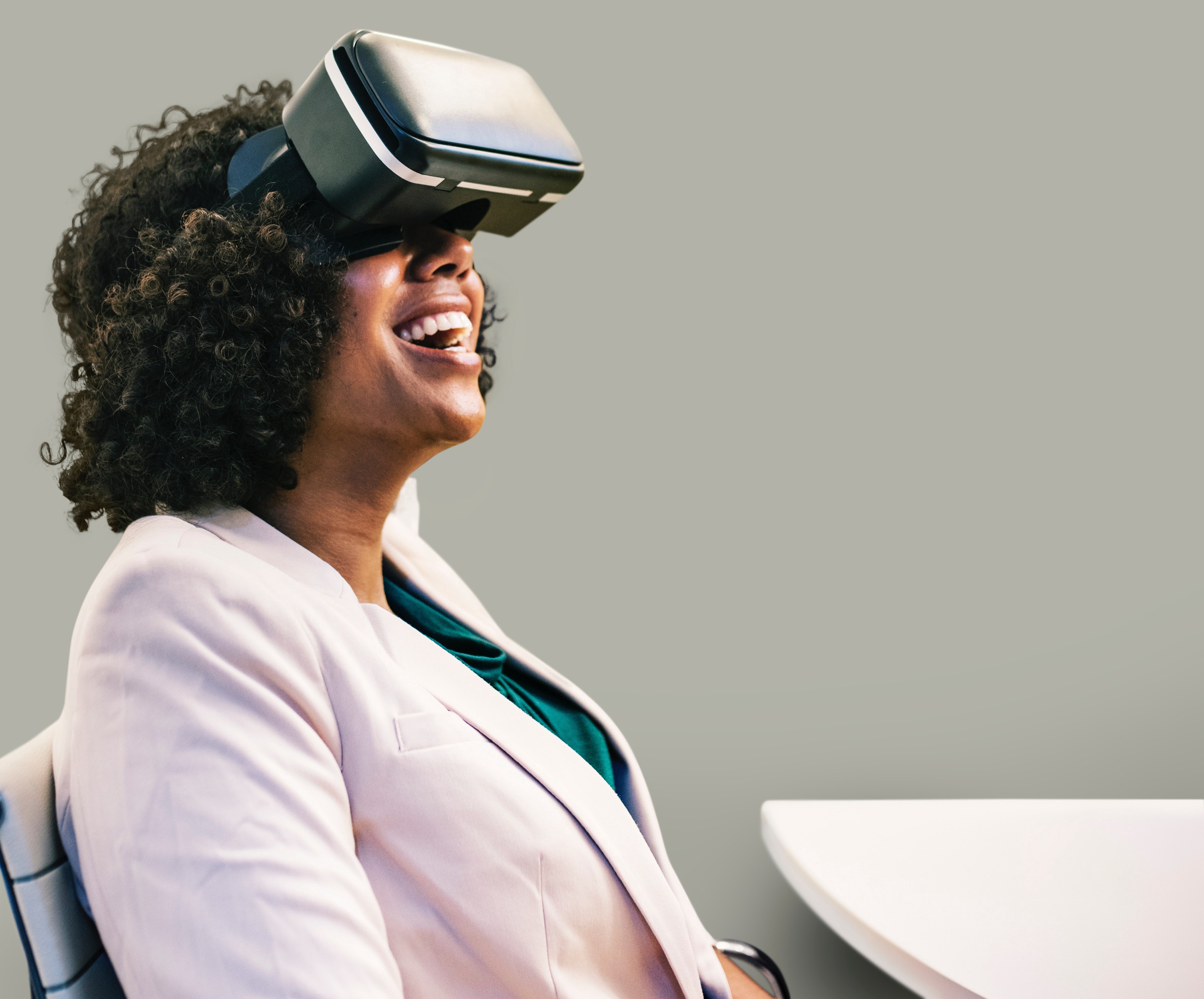
There are a couple of different components use in a head-tracking system, including a gyroscope, accelerometer, and a magnetometer. The PlayStation VR also uses 9 LEDs around the headset, which are used to provide 360 degree head tracking by using an external camera that monitor these signals.
In order for head-tracking to be effective, low latency is needed. Latency is the time from when the user moves their head or moves an input device to the time when that change appears on the display. In order for the user to feel comfortable, the lag cannot be greater than 30 milliseconds.
3D audio is something that is used by developers to increase the sense of immersion. This gives the user the allusion that the sound is coming from behind them, next to them, in front of them, or in the distance.
Motion Tracking
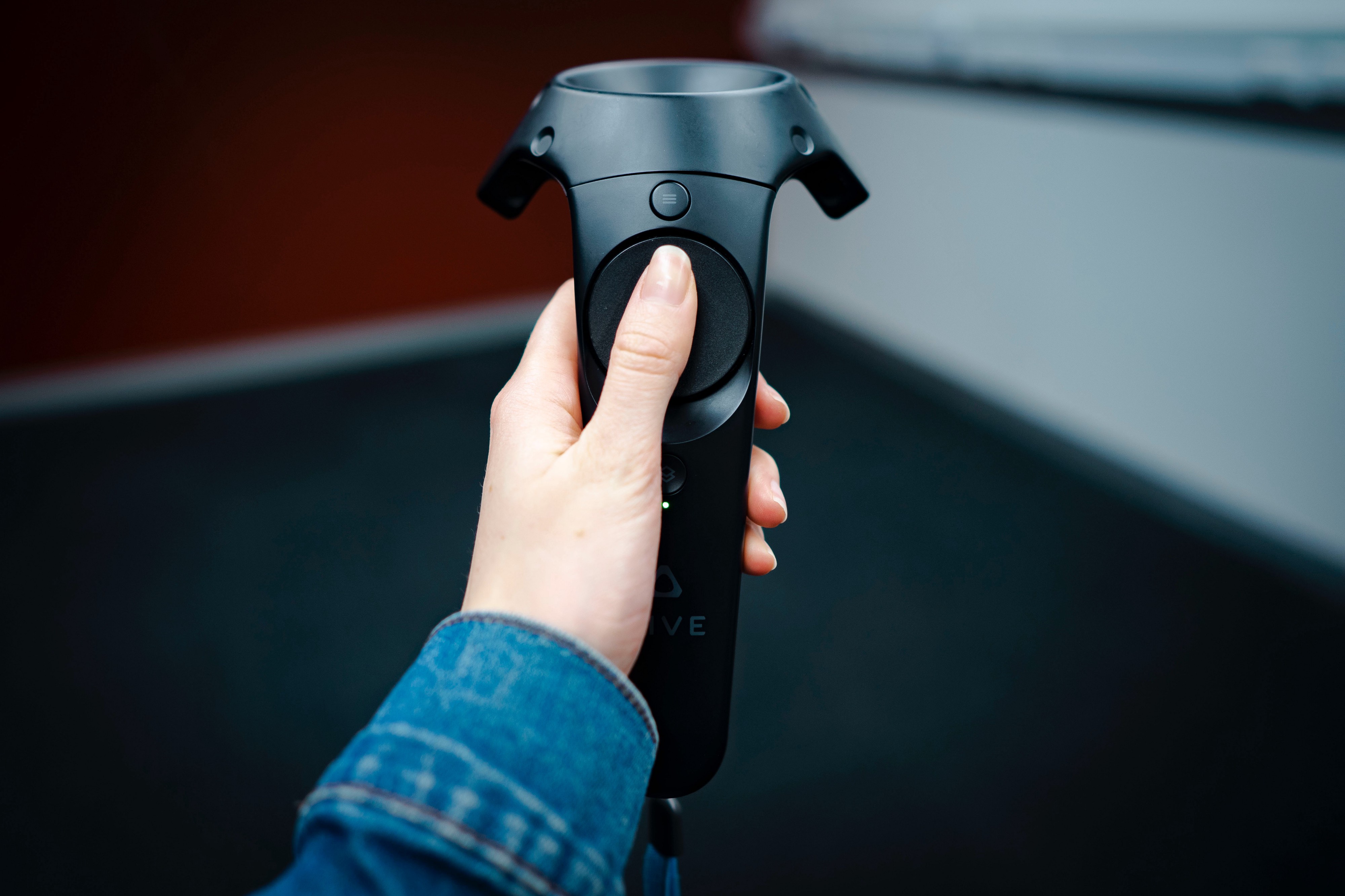
VR headsets like the Oculus Rift and the HTC Vive have a set of wireless controllers that are used to make you feel like you are controlling what is happening in your VR simulation. There are certain buttons on the controller as well as a lot of sensors to detect gestures such as pointing and waving. Different input methods include voice controls, smart gloves, and even treadmills, which allow you to simulate walking around in a VR environment.
Impact of VR on the Future
VR is going to play such a huge role in our lives over the next couple of years, and it will change the way we live altogether. VR is a technology that can impact every single industry, from healthcare, to space, to construction, to travel. This technology is going to be extremely powerful very soon.
Virtual reality is going to disrupt every single industry in the next couple of years, and it will allow us to live in a way we have never thought of before.
If you enjoyed this article:
- share it with your network
- follow my Medium and LinkedIn to stay updated with my progress in virtual and augmented reality!


